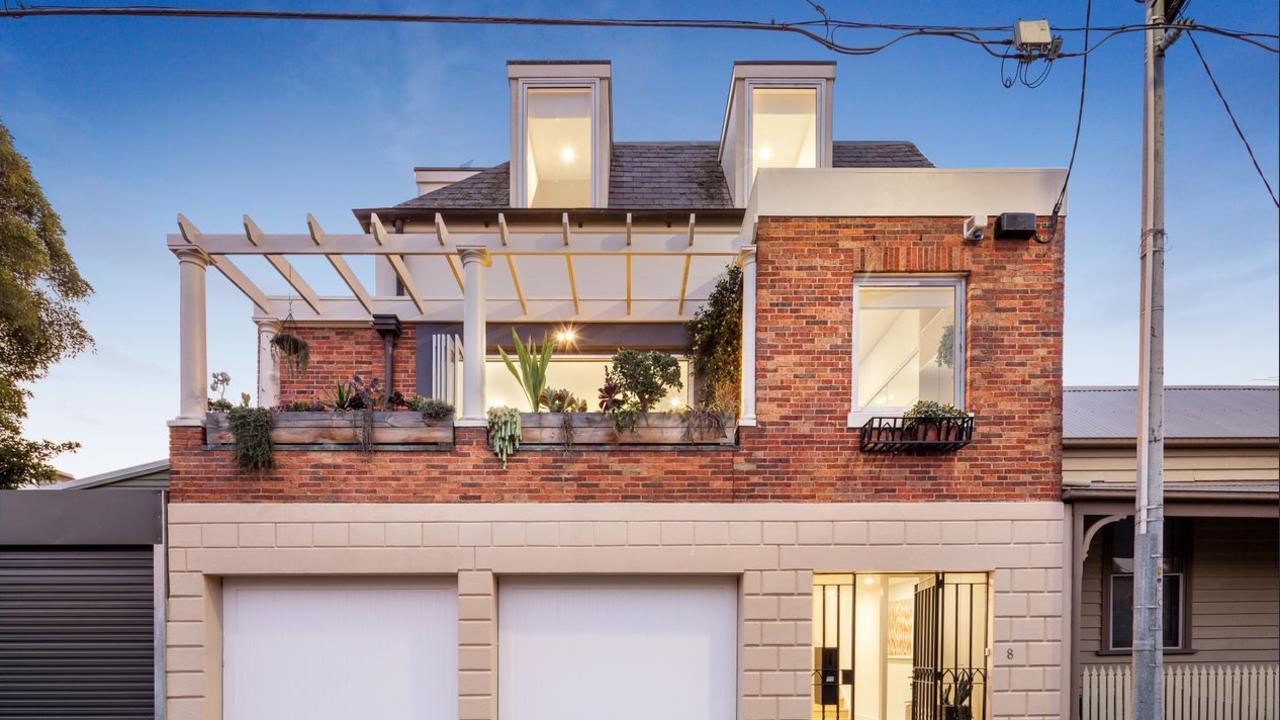Half of all home loan requests knocked back
The major banks are rejecting up to half of all home loan applications amid uncertainty around the finance sector.

The major banks are rejecting up to half of all home loan applications as uncertainty surrounding the upcoming recommendations of the banking royal commission comes to a head, says finance and real estate executive Sam White.
Mr White, the chairman of mortgage broker Loan Market and deputy chairman of the Ray White real estate group, said even the banks’ credit teams were unsure of their lending standards.
“There’s no upside in saying yes, only downside, so it’s easier to say no,” he told The Australian. “For most of the major lenders — the big four banks — the decline rates would be above 40 per cent at the moment.”
In a normal market, 15-20 per cent of loans would be knocked back, he said: “Even in the GFC, it was nothing like this.’’
Royal commissioner Kenneth Hayne’s report into misconduct in the banking, superannuation and financial services industries, due to be handed down on Monday, would end the uncertainty, Mr White said.
The impact of the royal commission has flowed into Australia’s souring housing market, which had deteriorated after a clampdown by banks in the wake of tighter lending regulations.
In December, banking regulator the Australian Prudential Regulation Authority lifted a cap that had limited banks’ interest-only lending to 30 per cent of new loans. However, interest-only loans, favoured by investors, have been tracking well below the limit.
Meanwhile, overall home lending continues to slow, with Reserve Bank figures released yesterday showing that housing finance grew 4.7 per cent in December, down from 6.3 per cent in December 2017.
Housing prices nationwide have fallen 5.2 per cent since peaking in 2017, with Sydney, where values dropped 11.1 per cent, the hardest-hit, and Melbourne down 7.2 per cent, according to researcher CoreLogic.
Borrowers’ capacity to buy a home had fallen as banks restricted lending, Mr White said.
“We have seen an orderly correction in the (housing) market.
“The opportunity now with the commission’s report is to say ‘At least we all know what the expectations will be’.
“People say it will be bad for house prices — I think it will become more predictable. Whether it’s tighter or looser, at least we will know.” Mr White said he hoped to see Mr Hayne’s report widely accepted.
“We hope to see both sides of government keen to implement the report, which would provide clarity for ASIC, APRA and all the lenders.”
The major banks had made up 70 per cent of the mortgages brokered by Loan Market, but this had fallen to 45 per cent with smaller banks becoming more competitive, Mr White said. Loan Market has arranged $30 billion of loans that are currently active.
Mr White said the royal commission had already resulted in changes to mortgage broker fee structures and to their behaviour.
From early this year, mortgage brokers will be paid a fee based on the amount of the loan used rather than the headline amount borrowed. He estimated this would cut revenue per client for brokers by about 7 per cent.
Mr White said mortgage brokers were an important part of the system but “to the extent there has been disappointment in that system, we should share some of the blame … there are things we can all do better”. But he said if the recommendations were too harsh and brokers were forced out, borrowers would pay more.
The mortgage broker pay structure came under scrutiny at the royal commission and in his interim report Mr Hayne said that “value-based remuneration conflicts directly with customers’ interests”.
Brokers accounted for a record 59.1 per cent of all home loans written in the September quarter, up from 55.7 per cent a year earlier. However, Mr White noted that of about 6000 complaints to the credit ombudsman last year, only 5.8 per cent of them were about mortgage brokers.



To join the conversation, please log in. Don't have an account? Register
Join the conversation, you are commenting as Logout